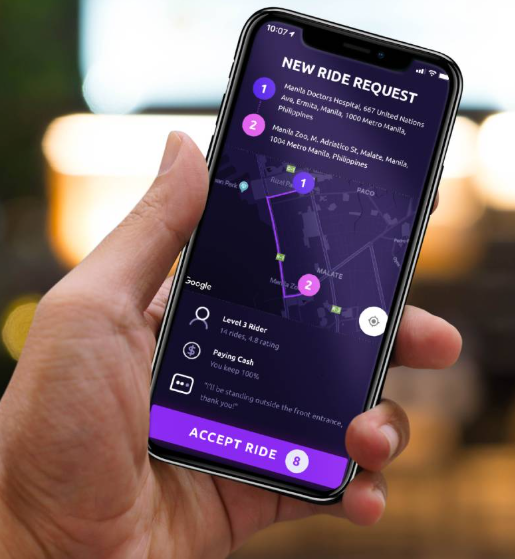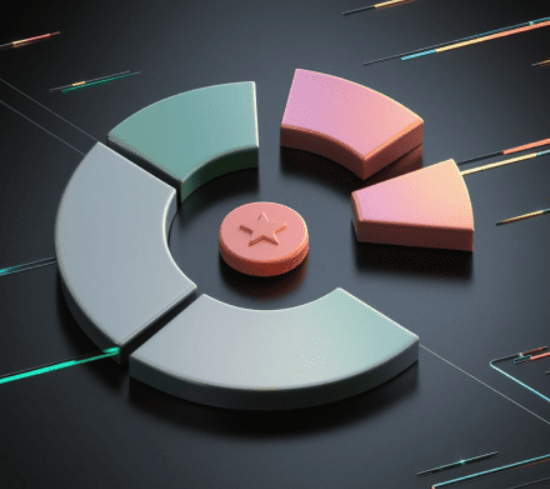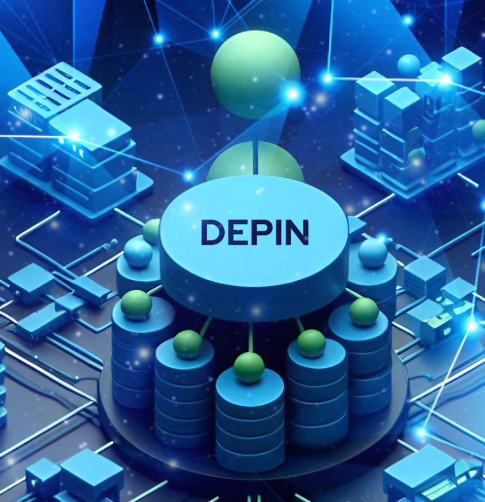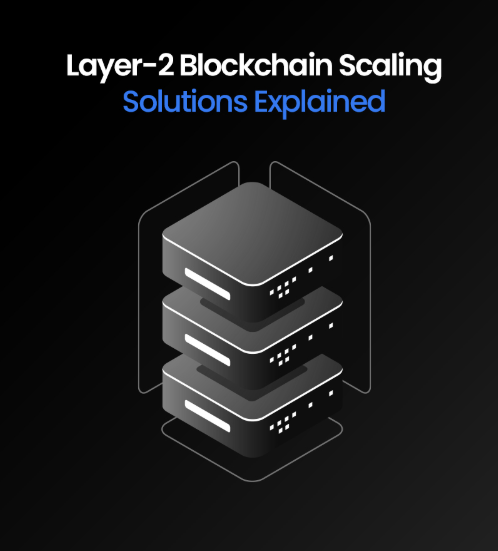
When Uber revolutionized the way we move around cities back in 2009, it offered a quick and easy ride-hailing service that was a game-changer for urban transportation. Fast forward to today, and while Uber and its competitors have cemented their place in the market, their centralized, corporate-driven approach is facing increasing criticism. Issues like high commission fees, data privacy concerns, and a lack of transparency are making both drivers and passengers wonder whether there’s a better way forward. Here’s why decentralized ride-sharing networks may soon challenge—and even replace—Uber’s dominance.
1. No Commission Fees: Drivers Keep Their Earnings
A major issue for drivers working with services like Uber and Lyft is the significant commission they have to pay, which can range from 25% to 30% of each fare. With operational costs climbing, this model significantly reduces drivers’ take-home pay.
In contrast, decentralized ride-sharing platforms can eliminate these commissions, ensuring that drivers receive 100% of the fare they earn. By cutting out the middleman, these platforms empower drivers to keep more of their income, which not only increases satisfaction and retention but also improves service quality. As operational costs decrease, riders will benefit from more affordable fares too.
2. Blockchain for Greater Transparency and Trust
Uber and other centralized platforms maintain control over all ride data, including logs, payment records, and user reviews. This lack of transparency often leads to disputes, unfair rating manipulation, and even arbitrary deactivations of drivers.
Blockchain technology, however, can provide a transparent and immutable ledger for all transactions. Every ride, payment, and rating can be permanently recorded on the blockchain and accessible to all parties involved. This level of transparency promotes trust and accountability, ensuring that neither riders nor drivers can alter ride details or feedback. Disputes can be handled fairly, with both sides confident in the system’s integrity.
3. Better Data Privacy and Security
With rising concerns over data breaches and the misuse of personal information, centralized platforms that store vast amounts of sensitive data make an appealing target for hackers. Users often worry about how their personal information is being handled or sold.
Decentralized networks address these concerns by using blockchain’s distributed architecture and encryption. Drivers and riders have more control over their personal data, sharing only what’s necessary for each transaction. Since there’s no central database to target, the risk of mass data breaches and identity theft is significantly reduced.
4. Pricing Based on Supply and Demand
Uber’s surge pricing model can be confusing and frustrating for both riders and drivers. The algorithms behind the pricing are opaque, leaving many feeling as though they have no control over the cost of their ride.
Decentralized platforms, on the other hand, can introduce pricing systems where fares are determined through market-driven, auction-style models. Prices would fluctuate based on real-time supply and demand, allowing both drivers and riders to negotiate and agree on a fair price. This ensures that pricing reflects actual market conditions, making the experience more transparent and equitable for all.
5. Instant Payments with Smart Contracts
Delayed payments and hidden deductions are common complaints among ride-hailing drivers. Decentralized platforms can resolve this by using blockchain-based smart contracts, which enable instant, automatic payments when a ride is completed.
These smart contracts ensure that drivers are paid immediately, without the need for intermediaries or the risk of earnings being withheld. This process reduces administrative overhead, guarantees fair payment, and creates a more reliable and equitable system for everyone involved.
6. Empowering Users Through Community Governance
In centralized platforms, key decisions—such as pricing structures and dispute resolution policies—are made by executives with little to no input from drivers or riders. This can lead to policies that prioritize the platform’s profits over its users’ needs.
Decentralized networks allow users to have a voice in the platform’s governance. Through community-driven decision-making, stakeholders—whether they’re drivers, riders, or franchise owners—can vote on changes to the platform, including fare adjustments and dispute policies. This democratic approach fosters a sense of shared ownership and responsibility, ensuring that the platform evolves based on the community’s needs.
7. Resilience and Global Scalability
Centralized platforms are often vulnerable to service disruptions, regulatory challenges, and policy changes that can hurt their operations. On the other hand, decentralized networks are more resilient due to their distributed nature, making them less susceptible to system failures or regulatory shifts.
Furthermore, decentralized platforms are inherently scalable and adaptable across borders. For example, the blockchain-based platform Drife has already expanded from India to Dubai and other regions, proving that a decentralized model can adapt to local regulations while maintaining global standards of transparency and efficiency. By enabling local franchisees to operate within their own markets, decentralized ride-sharing networks can quickly respond to regional demands and expand without traditional barriers.
The Future of Ride-Hailing is Decentralized
While Uber has played a crucial role in reshaping urban transportation, its centralized model is increasingly being questioned. High commissions, lack of transparency, and user data concerns have prompted the search for alternatives. Decentralized ride-sharing networks, driven by blockchain technology and focused on community engagement, offer a compelling solution to these problems. With lower fees, greater transparency, and improved security, decentralized platforms are positioning themselves as the future of urban mobility. The real question is not if they will replace Uber, but when.













































